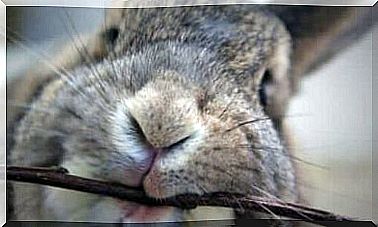The Origin Of Reptiles
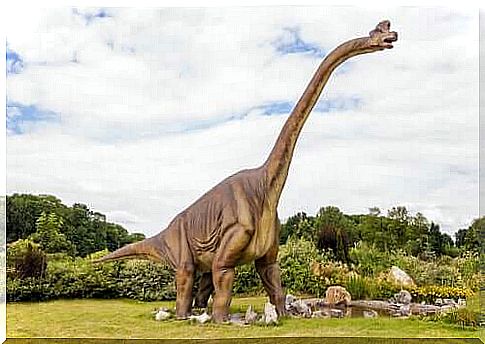
The origin of reptiles goes back about 320 million years, from one of the evolutionary lines of amphibians. These primitive reptiles continued to evolve and diversify, colonizing the terrestrial, aquatic and aerial environments.
The origin of reptiles: the Reptilia class
This group of animals consists of 4 orders:
- Chelonians
- Crocodilians
- Rhinocephalus
- scaled
During the Mesozoic, also known as the reptilian era, there were up to seven orders, but today they have been diluted into the species we know.
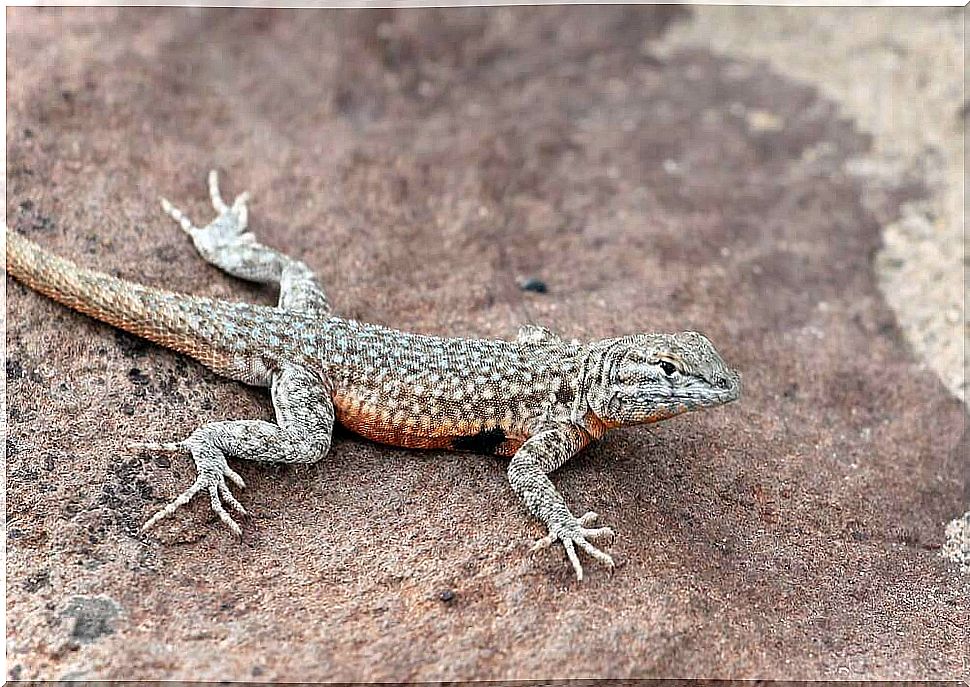
Most reptiles today have adapted to life on land, or at least to spend long periods on land, although there are still some who prefer aquatic life. The adaptation, in any case, consisted in the development of :
- A thick, scaly skin.
- Well-developed lungs.
- A double-circuit circulatory system like that of mammals.
- A bladder that conserves water.
- Strong limbs.
- Internal fertilization.
- Ground eggs in shell. This feature places them at a crossroads in vertebrate evolution. In their origins, they came from amphibians, but they differ from their ancestors in one fundamental thing: they produce amniotic eggs. That is, the reptile’s egg is very similar to that of birds. On the other hand, their condition as ectotherms, their body covered with scales and the absence of hair and feathers differentiate them from birds and mammals.

Most reptiles are carnivores, but since they don’t have molars to chew on, digestion and metabolism are much slower than those of other animals. Those who are still on a herbivorous diet eat rocks and stones to help crush food in the stomach. Aquatic reptiles have the peculiarity that, when ingesting these stones, they not only use them for digestion, but also as ballast in water, to facilitate immersion.
The origin of reptiles: taxonomy
There are approximately 7500 species of reptiles today, grouped into the four orders we mentioned.
Chelonians
Includes tortoises, tortoises and turtles. It is the oldest group of reptiles.

Most turtles are aquatic or semi-aquatic. However, others are fully adapted to living on land for long periods, even in arid and semiarid regions . To do this, compared to their small size, turtles have the largest urinary bladder as this acts as a water reservoir. Comparatively, aquatic turtle bladders are much smaller.
Crocodilians
Commonly called ‘crocodiles’, it includes, in addition to these, alligators, caimans and gharials. They are considered the most conservative order and have kept the same morphology for millions of years.
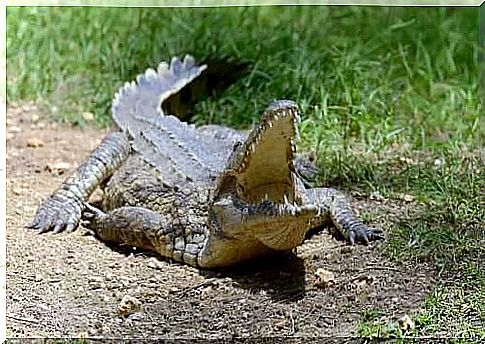
They were, in fact, the first vertebrates to have a four-chambered heart and a hard palate. This last feature, together with a glottis located at the back of the throat, allows them to feed in water.
They have a very thick integument, mainly on the dorsal part of the body, formed by osteoderms. And your eyes are protected by a highly developed third eyelid to adapt to underwater vision while eating.
Rhinocephalus
This order is composed of the tuataras who, although diverse and numerous at the time, are today confined to a few islands off the coast of New Zealand. They are very long-lived animals, and some can even exceed 100 years of life. Although externally they resemble lizards and share some characteristics with them, they belong to different orders because their internal anatomy differs.
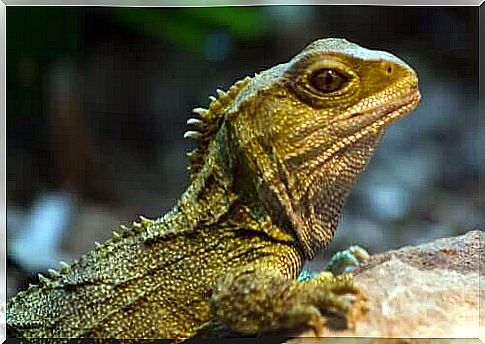
scaly
Of the four orders, this is the most diverse. It has more than 7000 different species. It includes saurians – lizards, chameleons, iguanas and related forms – and snakes – snakes and snakes.
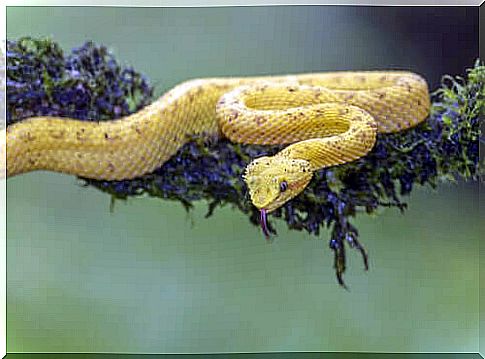
While some lizards have become accustomed to life in temperate regions of the planet, most scaly ones live in warm tropical areas. They are characterized by having the body covered by well-differentiated scales.








